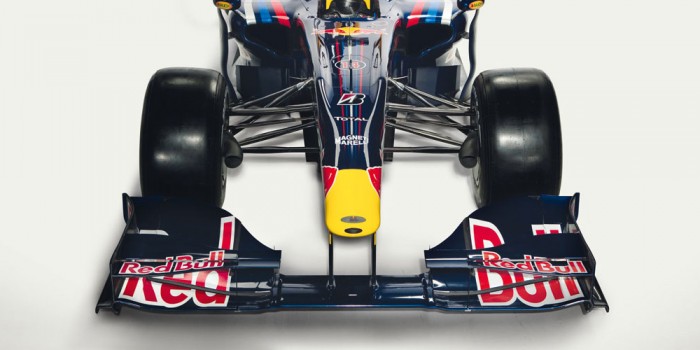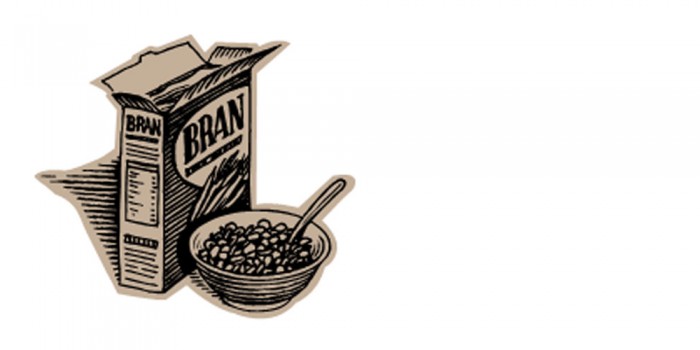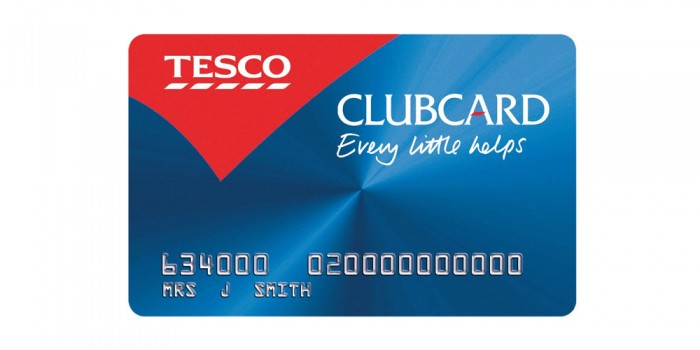It’s hard to regard the success of the Red Bull brand as anything less than astonishing. They took a workers’ energy drink from Thailand and turned it into one of the biggest brands in the world. Not bad for a product that market research taste testing concluded was amongst the worst it had ever presented to respondents. Red Bull realised that taste is not the point. Put the right associations around a product and that determines, to a large extent, how we will experience it when we drink it. We’ve seen studies that show how people’s brains respond differently to the same product at different prices: increase the price and the reward centres of people’s brains will light up more in fMRI scans. In Consumer.ology I wrote about a study by researchers at Duke University who subliminally exposed people to brand logos. They flashed logos for Apple, IBM, Disney and the E! […]






Recent Comments